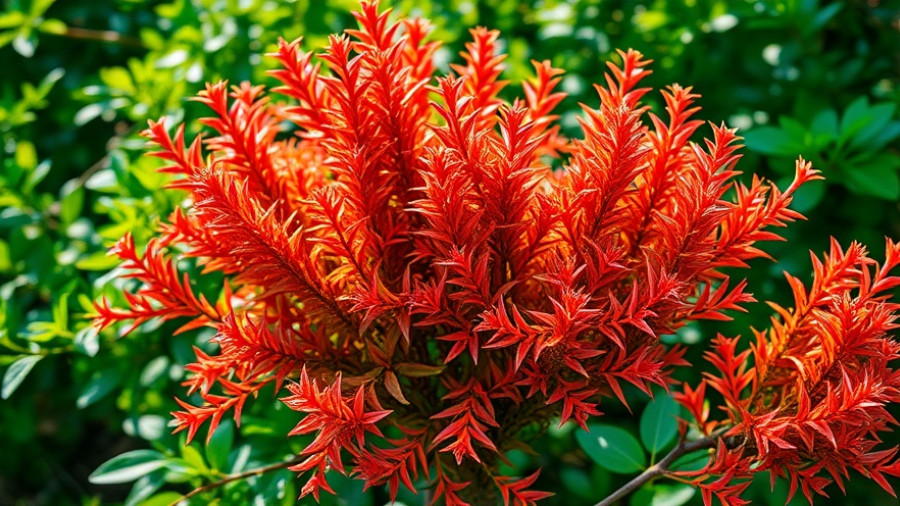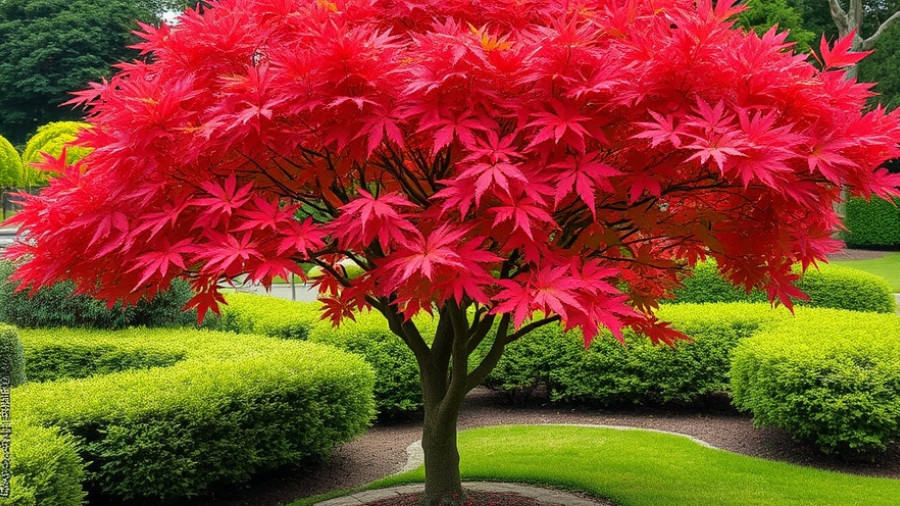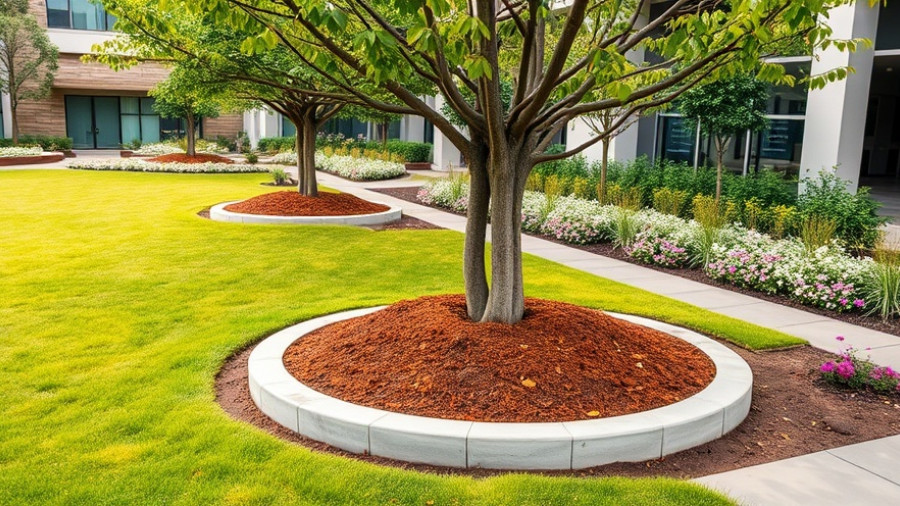
Revitalize Your Outdoor Space This Fall
As the leaves begin to turn and the weather crisps up, it’s the perfect moment to take on some outdoor projects that can transform your home’s exterior. This autumn, consider hardscaping—an essential yet often overlooked element of landscaping that can enhance both your yard's usability and beauty.
In #2557 – Outdoor Hardscaping | Organizing Home Clutter | Evolving Townhome Market | Floor Protection, the discussion dives into ways to improve both indoor and outdoor home environments, leading us to expand on these insights.
Understanding Hardscaping and Its Benefits
Hardscaping refers to the use of hard materials in landscaping, such as stone, wood, and concrete, that complement the softer elements like plants and flowers. By integrating hardscape features such as patios, walkways, and retaining walls, you can create defined spaces that enhance your outdoor functionality. Not only do these structures improve the aesthetic appeal of your property, but they also increase its resale value—a vital consideration when making home improvements.
The Rise of Townhomes: New Challenges in Homeownership
If you’re in the market for a new home, townhomes may have once seemed like the affordable solution for many. However, rising construction costs and stricter regulations are changing the landscape of this once budget-friendly option. Today, the cost of building a townhome can match that of a single-family home, making prospective buyers reconsider their options.
Builders are adapting by designing townhomes with separate roofs and walls to reduce insurance risks, meaning that if you're considering this route, it's essential to weigh the potential costs of HOA fees and maintenance—especially since many areas are adapting to new building regulations.
The Importance of Organization in Home Management
Homeownership doesn't just mean managing indoor spaces; it extends outdoors as well. A recent survey revealed that nearly 90% of Americans find organization crucial for a tidy living space, yet many feel overwhelmed by clutter. Interestingly, women report being more likely to take charge of home organization yet often find it a struggle due to competing demands such as work and school.
To mitigate chaos, adopting simple organizational tools like storage bins, hooks, and drawer dividers can elevate your cleaning game. With the right mindset and strategies, turning your home into a serene, organized haven is within reach—proving that an organized space contributes significantly to a more enjoyable home life.
Fall Cleaning: Tidy Up Your Floors
With the fall season comes mud, leaves, and general wear and tear on your home. A little maintenance now can protect your flooring long term. Simple steps like using doormats, encouraging shoe removal at the door, and incorporating a deep clean with the right equipment can greatly prolong the life of your floors and keep them looking pristine.
Conclusion: Take Action This Fall
In summary, this fall presents the perfect opportunity to tackle both outdoor hardscaping projects and indoor organization challenges. Whether you’re revitalizing your backyard or ensuring your home feels tidy and welcoming, these actions will add immediate and lasting value to your living space. So what’s stopping you from taking those first steps? Your home deserves the attention!
 Add Row
Add Row  Add
Add 




Write A Comment